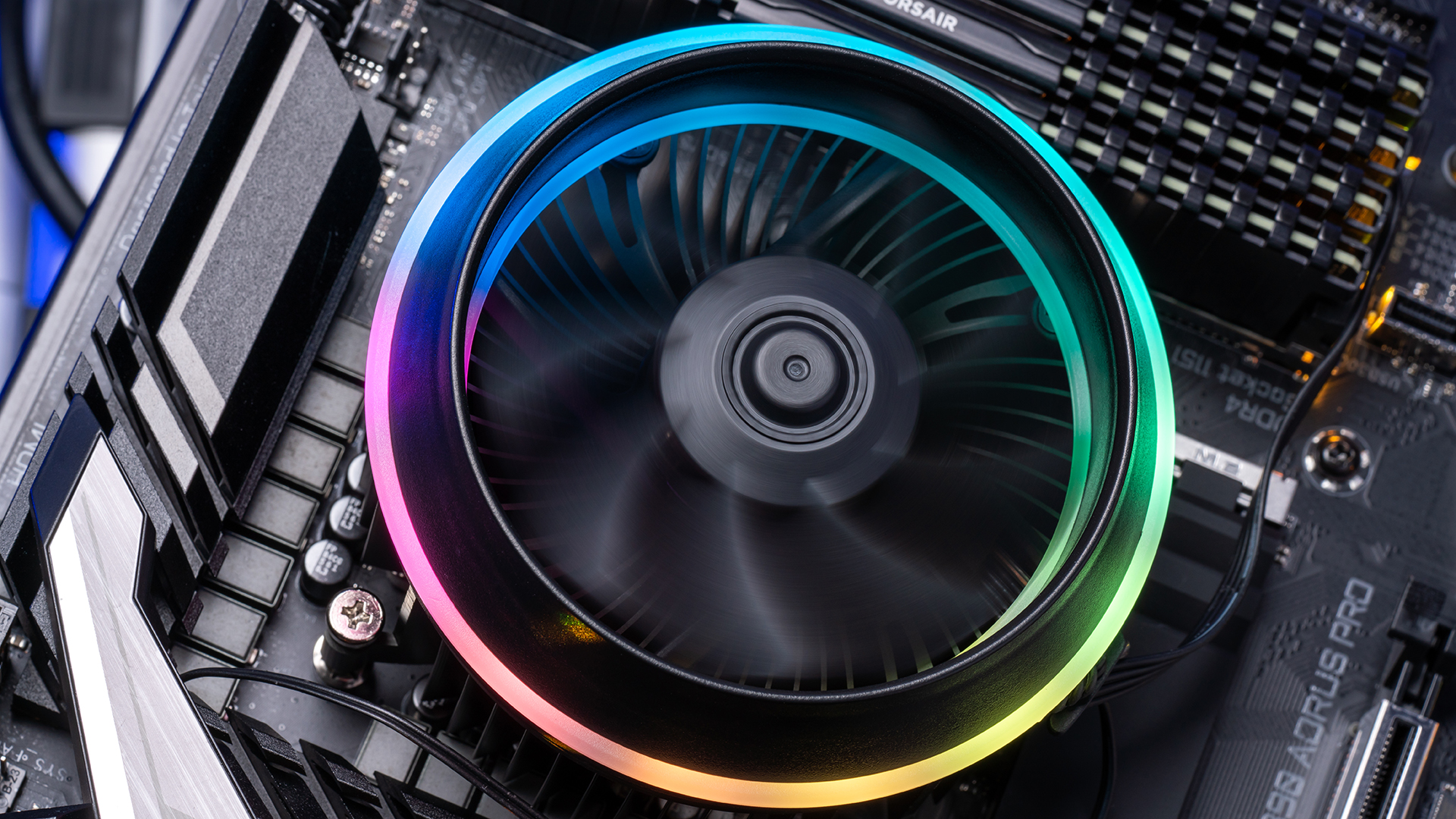Where do I connect my CPU fan?
CPU cooling fans should ALWAYS be connected to the header labeled “CPU Fan” and not “CPU Optional” or any other title. Sometimes these headers are white, but this is not always true.
How do you connect a CPU fan to a CPU?
Install the CPU Heatsink and Fan. Attach the fan to the heat sink with screws and use spacers between them. Attach the fan/diffuser to the chassis. Install mounting ring according to plan. Insert special screw extenders into the mounting ring. Apply thermal paste to the center of the CPU mounting position on the motherboard.
Can a 3-pin fan be connected to a 4-pin?
1 Answer. A 3-pin fan can be plugged directly into a 4-pin outlet. Two pins supply power to the fan, and the 3rd provides an RPM pulse to the motherboard to read the speed. The 4th pin is for PWM speed control.
Where do the three-pin fan connectors go?
A typical motherboard fan connector is a three- or four-pin connector attached to the wire end of a PC fan. It is attached to the motherboard’s three- or four-pin fan header.
Do you need a 4-pin CPU power connector?
The four-pin is only needed if you are doing extreme overclocking, such as LN2. Otherwise, the eight-pin will supply all the power you need.
What is a fan header?
The CPU fan header is only for the CPU heatsink (or fans) fan. The system detects its presence during start-up and regulates the RPMs to control airflow as needed. Connect the rear exhaust fan directly to the PSU using the Molex connectors (and adapters). Run it at full speed for maximum hot air exhaust.
Can you install the CPU cooler without removing the motherboard?
You should be able to install the cooler without removing the motherboard. Cutout in the case allows access to the motherboard CPU area from both sides.
How do you screw in a CPU cooler?
Position the CPU cooler, so the four spring screws on the heat sink align with the four screw holes on the back cover. Once aligned, gently place the heat sink on the CPU. Using a screwdriver, turn each spring screw clockwise 1/2 to ensure the spring screw connects to the back plate.
Can I connect a 3-wire fan to a 2-wire connector?
The three-pin fan matches the two pins; you need to check the holes and the pins and see which two contacts make the fan work.
Are fan splitters safe?
You can safely use a fan splitter if the fans you connect are not drawing more current than the motherboard header supplies.

What is a PCH Fan Connector?
The PCH fan is the small fan on the chipset of the board. If you want will allow it to control its speeds using bios; I will try ae, but it is superfluous. No, enabling fan control for this or any OPT fans is unnecessary.
Can I connect fans to PSU?
How to connect fans to the power supply. There are two common ways fans are connected directly to a power supply. Either use a standard four-pin power supply connector or an adapter card that converts the standard power connector into a motherboard-style pin header connector.
Where are the fan headers on the motherboard?
There are two to the right of the CPU, one by the EPS, one by the USB 3.0 header, and one by F_PANEL.
Where do I connect my RGB fans?
Use an RGB Y cable to connect the fan and motherboard. Use an RGB 4-pin connector on an RGB header and a 4-pin fan connector on a fan header on the motherboard.
Do you need eight pins for the CPU?
The CPU requires additional power not provided by the CPU socket, such as an 8-pin EPS power cable that plugs into somewhere on the top of the motherboard.
Can I use an 8-pin in a 4-pin motherboard?
Our power supplies (PSUs) use an 8-pin EPS12v CPU cable that can be spliced into two 4-pin connectors. Pull the two halves of the connector apart to connect our PSU to a 4-pin EPS motherboard port and connect one half to the port.
How do I connect additional fans to my motherboard?
A fan header splitter is the easiest and cheapest way to connect more fans to your motherboard header. The number of fans connected via a splitter depends on the fans’ amperage and the motherboard’s title. A fan header on the motherboard is usually rated at 1 amp.
Are Intel Coolers Bad?
Yes, the Intel stock coolers work fine for real use, but as you mentioned, they are loud. But they are usable and will keep the CPU within usage limits.
Can I put a CPU cooler in the case?
It depends on the case and cooler, but generally, you can put in a new CPU cooler without removing the motherboard from the case.
Can you use a CPU cooler without a backplate?
NO. You will need to install the back plate to have something for mounting the cooler to screw into. It also prevents the board from bending.
How do you install a CPU cooler bracket?
Installing a CPU Cooler: Keeping Your Processor Cool Check for or apply thermal paste. Your CPU cooler does not go directly to your CPU. (Optional) Place any spacers and install a bracket behind the motherboard. Line up your CPU cooler. Attach the CPU cooler. Attach any fans.
Is the Ryzen 5 3600 stock cooler any good?
Originally Answered: Is the Ryzen 5 3600 stock cooler good enough? Yes, it’s good enough for stock performance, but you’ll need an aftermarket cooler to overclock. It’s certainly good enough for stock speeds.










